Review round-up: advanced guitar amp modellers
4 of the best technological marvels, featuring Axe-Fx, Kemper, Positive Grid and Line 6
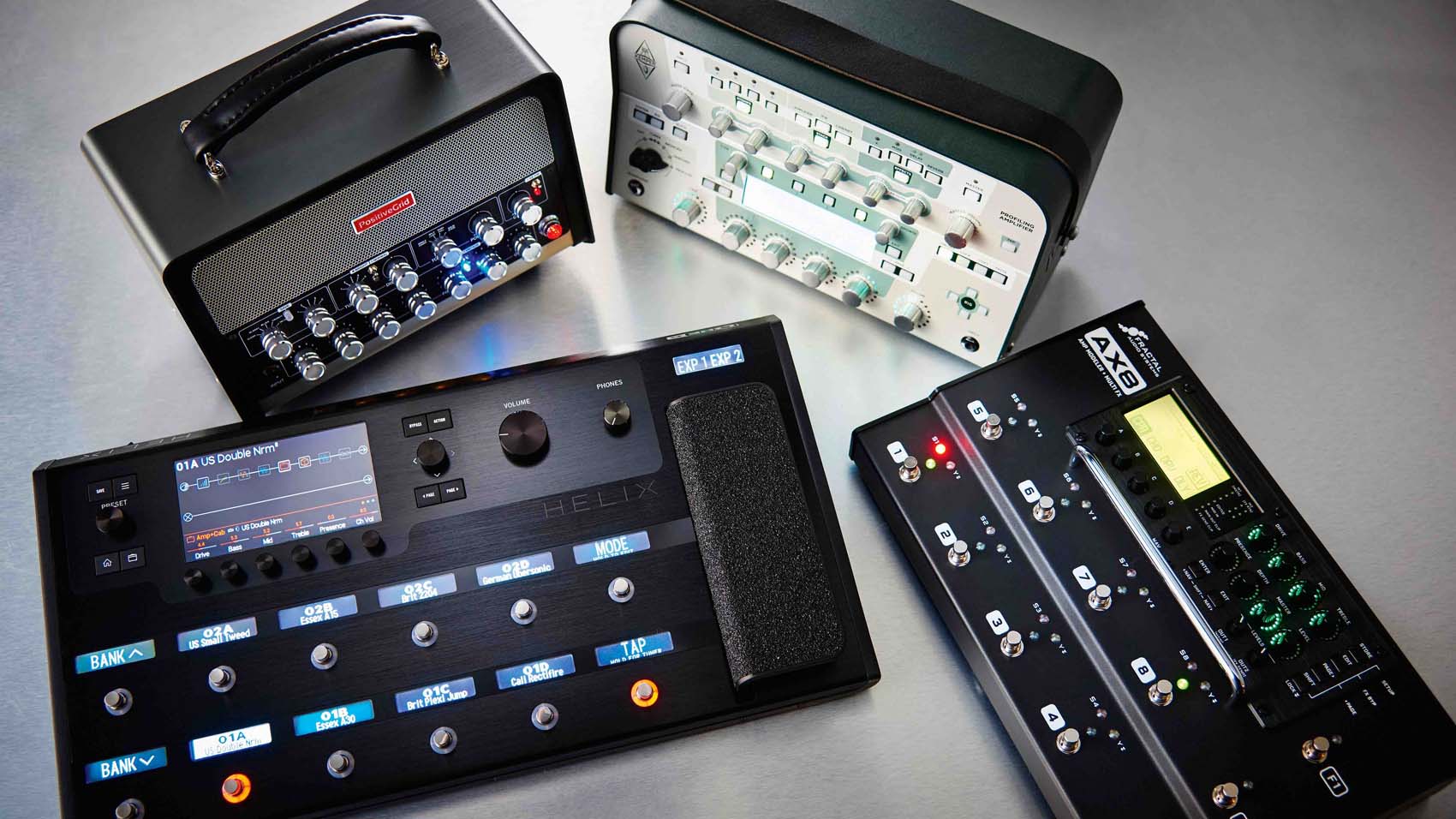
Introduction
While valves stopped evolving in the 1950s, solid-state amp design has changed beyond all recognition compared with its 60s beginnings. The biggest revolution has been digital amp modelling, which took off in 1998 with the introduction of the Line 6 POD.
Amp modelling can be pure software, but more commonly combines hardware and software to emulate different kinds of amps, cabinets and effects. There are many potential advantages: the ability to store and recall patches, consistency and reliability, not to mention being able to carry an entire arsenal of amps and effects around in one box.
Some units have closed the gap between digital and valves to the point where it’s almost no longer relevant
Early digitally modelled amp sounds were great for recording, less so for live use, although that didn’t stop lots of players from trying. However, technology continues to improve and evolve, and some units have closed the gap between digital and valves to the point where it’s almost no longer relevant.
Here, we’re looking at four high-end products that demonstrate how powerful amp modelling has become and what it can do for you today: the Line 6 Helix, Kemper Profiler Head, Positive Grid BIAS Head and Fractal AX8. Although they may seem pricey, it’s worth remembering that, in many cases, they can replace both your amp and a pedalboard’s worth of effects. Let’s get stuck in…
For more advanced amp advice, check out our round-up of the best all-in-one guitar rig solutions.
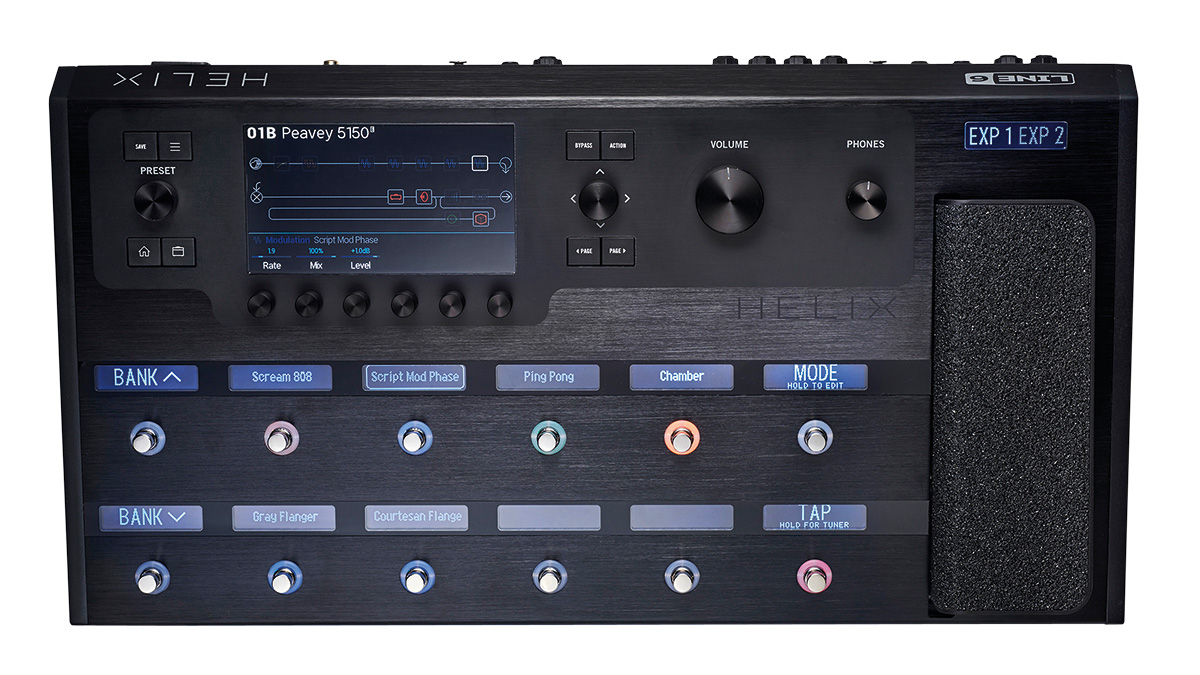
Line 6 Helix Floorboard £1,279
This all looks a bit more advanced than my POD…
Yup, The Helix is an amp and effects modeller that combines state-of-the-art processing with an intuitive interface and a chassis that’s built to take any amount of stick and come up smiling. With not one, but two hugely powerful digital signal processors, the Helix promises to take amp and effects modelling to the next level.
So tempt me…
Well with a huge full colour display, plus digital scribble strips and customisable footswitch LED colours, it’s all very enticing. But a real masterstroke is the footswitches themselves, these capacitive touch sensors mean the Helix can also be used in a desktop situation. You touch a switch to select, hold to assign and press it to engage.
What about connectivity?
Everything you could ask for is on the rear panel, including three expression pedal jacks, a control voltage jack, guitar, microphone and aux inputs, no less than four stereo effects loops, balanced XLR and jack outputs, SPDIF and AES/EBU digital connections, an input for Variax guitars, a USB socket and headphones jack… phew!
At a glance
- Type: Digital modelling floorboard
- Key features: Over 50 amp models, 30 cabs, 16 mics, over 90 effects, up to four discrete stereo signal paths, Variax guitar input, massive external control capability
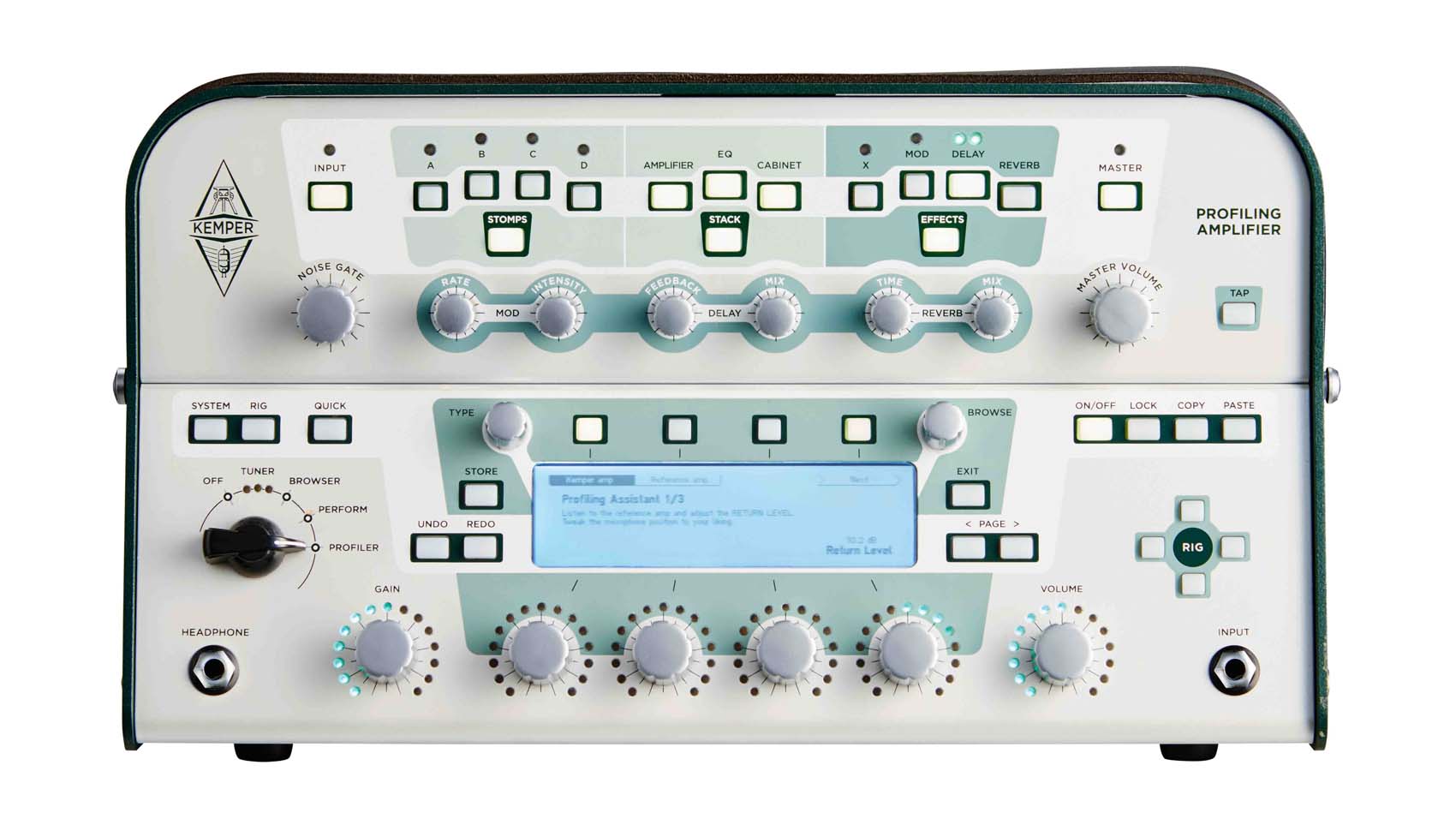
Kemper Profiler Head £1,705
This looks a bit different… what’s the deal?
The Kemper is a unique device that not only models amps, speaker cabs and effects but also includes the technology to create new models from real valve or solid-state amp rigs. This isn’t a simple, one-dimensional flat copy of a particular sound; it has dynamic depth and realism that has to be heard to be believed.
How’s it do that?
The Kemper uses its special technology in a recording process Kemper calls ‘profiling’, which typically takes around one minute. The better the recording quality, the better the profile. The result is a digital version that’s practically indistinguishable from the real thing, and this can then be combined with the Kemper’s built-in effects to create any rig you want.
I like the idea - are any other formats available?
The Kemper is also available in a rackmount chassis, and both the rack and standalone head can be bought with an integral 600-watt class D power stage for live use. The original preamp head is available in white or black, while all the other options are black only.
At a glance
- Type: Digital modelling preamp with profiling capability
- Key features: Hundreds of pre-installed amp rigs, up to 8 simultaneous effects, pro audio outputs

Positive Grid BIAS Head £1,199
BIAS? That rings a bell…
Indeed, the BIAS Head is essentially a high-quality interface for Positive Grid’s popular BIAS Amp Pro software, which allows you to download and store thousands of amp match models as well as create your own. You can also use the modeller to match up with other amps, including picking cabinet type and mic position.
Is that a loudspeaker jack I see on the back?
Yes. The BIAS Head also packs a whopping 600-watt class D power stage into the package, so that’s guaranteed to get your point across! If 600 watts sounds like total overkill in guitar amp terms, don’t fret - this is actually the kind of power you need to approximate the dynamic range of a 100-watt valve head.
But if I need the software too, how do I use it away from home?
Easy - the BIAS Head is a cross-platform device - the software works on Windows, Mac and even iOS. While the software can work on its own, the BIAS Head includes the highest quality AD/DA (analogue to digital) converters and is optimised to provide the best possible quality at zero latency.
At a glance
- Type: Digital modelling head w/ software plugin connection
- Key features: Bluetooth wireless, pro audio outputs, integral 600 watt class D power stage, USB, MIDI, amp matching (with Bias Amp Pro). 25 presets included
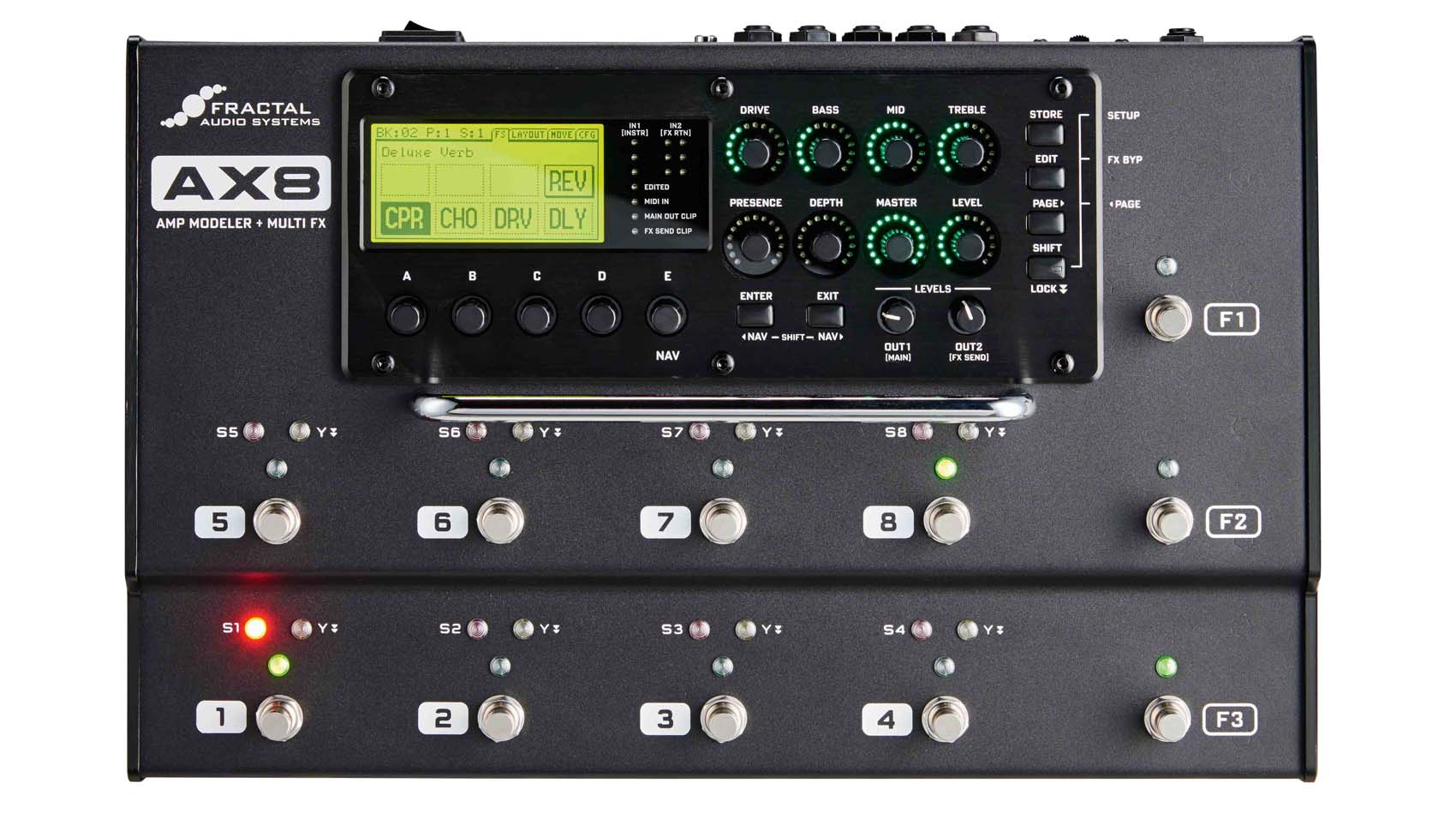
Fractal AX8 €1,699
Is the AX8 as good as the Axe-Fx II everyone uses?
In a word, nearly. It’s a slimmed-down version of the massively popular rackmount modelling system - it doesn’t have the dual amp and effects chains of its big brother, but there’s been no compromise on the sounds, which are just as good, and you get loads of them, with lots of parameters to play with, too.
Can I hook it up to my recording rig as well as my amp?
You bet. The AX8 works best with a full-range (PA) system; it has jack and XLR outputs, two stereo effects loops and four expression pedal jacks. There’s a USB socket for doing two-way MIDI and a S/PDIF digital output, too - but no headphones socket and no USB audio. The display is nice and bright, but a little on the small side.
Can it be edited from a PC?
Yes, using Fractal’s AX8-EDIT, which is included in the package; you also get to use Fractal-Bot to share, backup and restore your presets as well as install firmware updates. Fractal’s continuous improvement policy means there are regular updates, and they’re completely free, so it’ll get better all the time!
At a glance
- Type: Digital modelling floor controller/multi effects
- Key features: Over 220 amp models and 130 cab simulations, dozens of effects
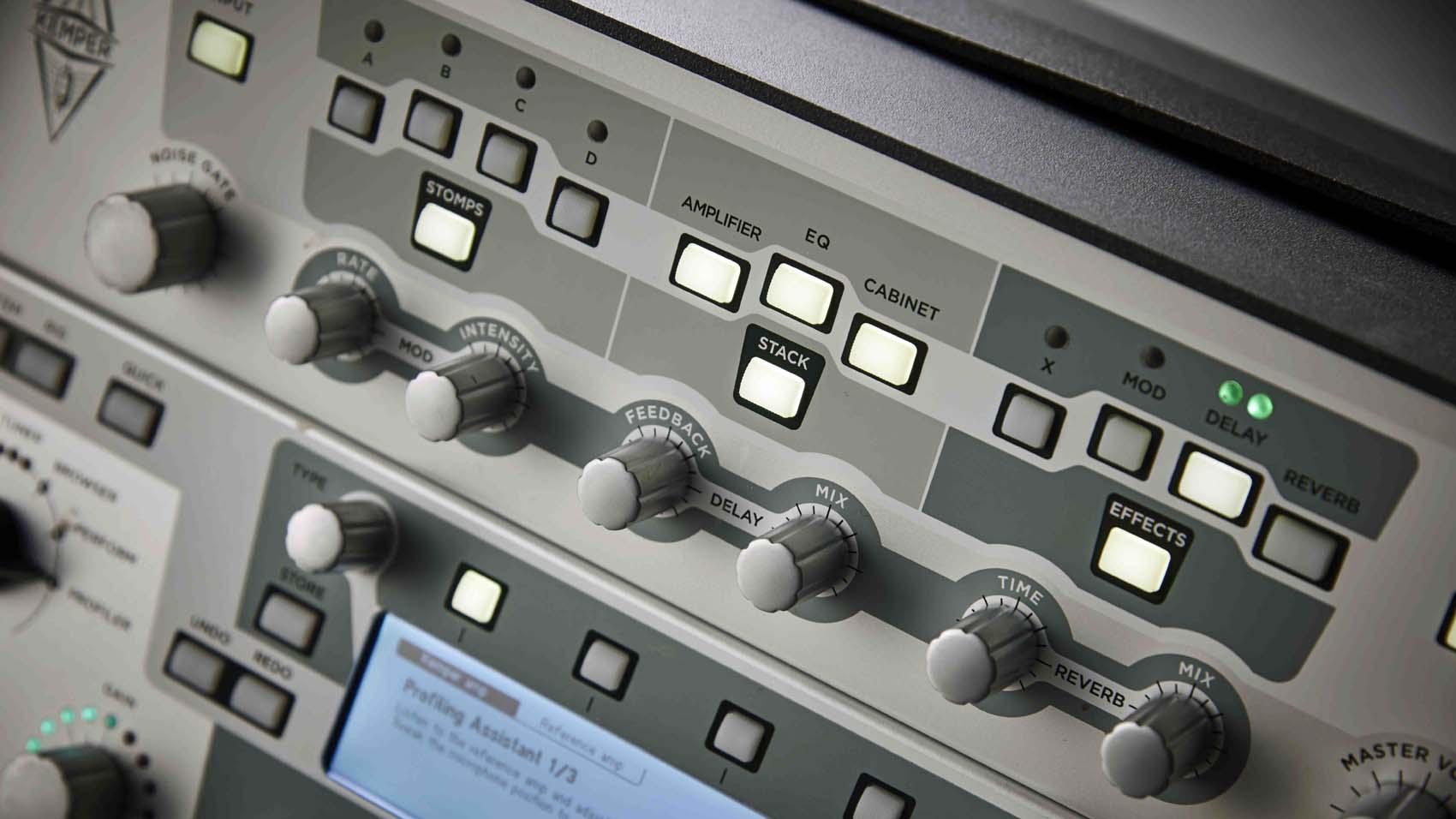
Head to head
All of our units are easy to switch on, hook up and make music with. The Kemper and Positive Grid heads sit nicely on top of a speaker cabinet, and once you get used to the controls they’re quite easy to dial in.
The Fractal AX8’s conventional floorboard design dictates that it lives on the floor, while the Helix’s clever touch-sensitive switches mean it works equally effectively as a desktop or floorboard device. The Helix also has by far the best display, with that large high quality full-colour LCD screen really showing its worth, while the digital scribble strips really are so handy to have.
Sonically, all four modellers blow our minds; the Kemper’s pre-loaded amp profiles are very good, though again its worth mentioning: the higher the standard of audio profiled, the better the results. We profile an amp using budget equipment, and while the result is usable, it’s noticeably flatter than some of the presets.

We’re used to Line 6 products having a recognisable ‘house sound’, however the Helix’s transparency and dynamic response open up entirely new vistas - some of the amp models are extraordinarily realistic, and the effects are close to those found in many high-end project studios. The Fractal’s Quantum Modelling sounds are just as good as those found on the Axe-Fx II, with touch-sensitive overdrives and warm, lush reverbs.
The transparency and dynamic response open up entirely new vistas
The Positive Grid BIAS Head essentially functions as a zero-latency and very high-quality hardware front-end for the BIAS Amp Pro software. The 600-watt power stage means that the BIAS Head is the only one of the quartet that can connect directly to a loudspeaker, although the Kemper can be bought with a similar integral amplifier.
We like the BIAS Head’s gutsy crunch tones and dynamic, ripping high-gain leads, while the wireless connectivity makes iPad or iPhone hook-up a piece of cake.
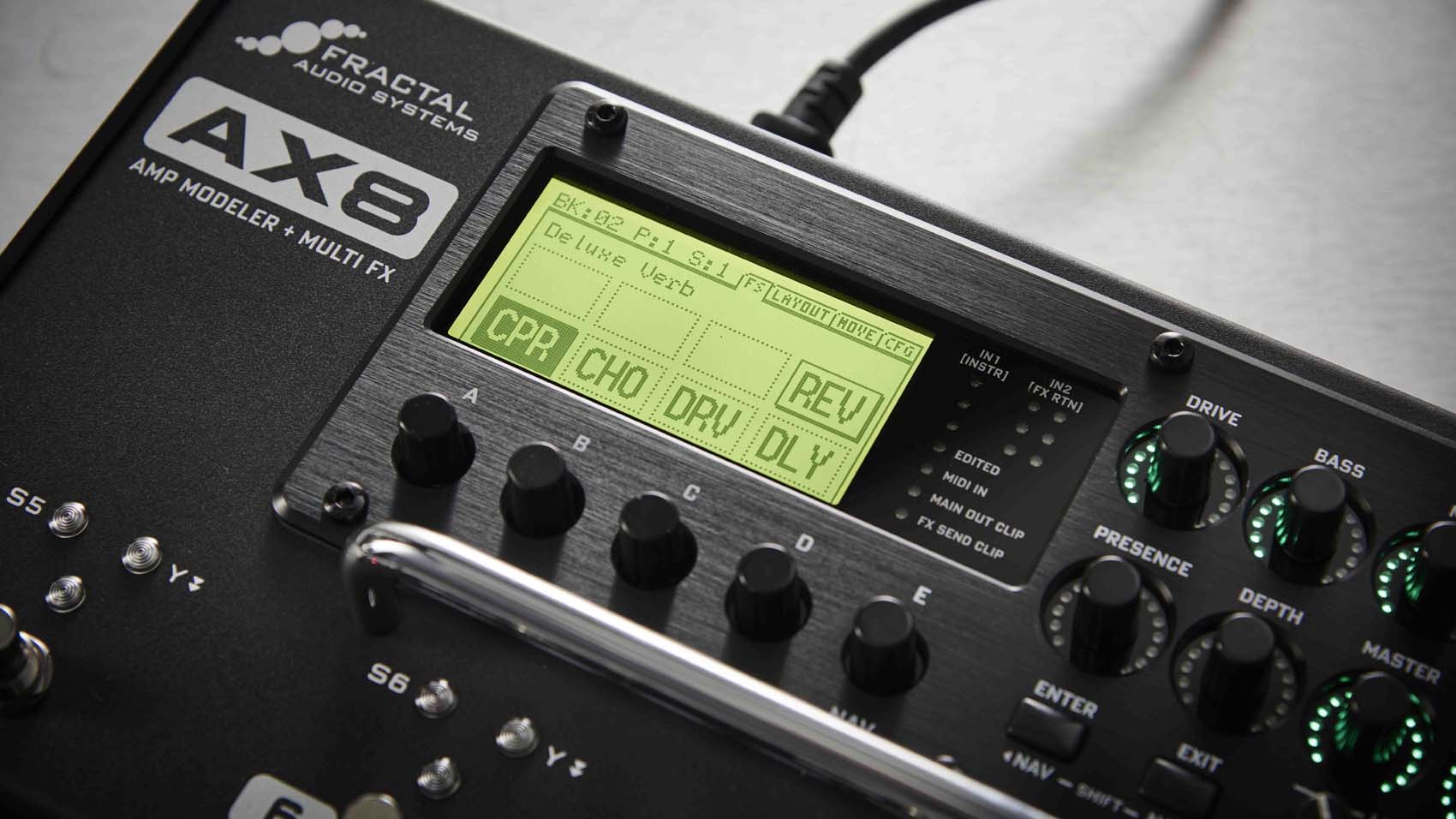
Final verdict
Our quartet of high-end modellers are reasonably close to each other in terms of sonic performance. For the price, you’d expect them all to sound as good - and they do. But each one also has a different mix of features that will appeal to different kinds of player.
With Line 6 and Yamaha’s combined digital expertise and peerless manufacturing, the Helix has great pedigree - and it lives up to it. Line 6’s new flagship looks and sounds superb and it’s built to last, although you’ll want to take great care of it - it’s almost too good-looking. The touch-sensitive footswitch buttons and digital scribble strips are a masterstroke, and make the Helix perfect for both the stage and the studio.
Fractal’s AX8 pushes the Helix hard, though - it may not have as many features, but it has four times as many amp models, and they all sound great. The compact and robust construction makes the AX8 our favourite for live use and we think it’s a great first choice for someone who wants top-end digital modelling without spending crazy money. It’s easy to control, too, though not as intuitive as the Helix.
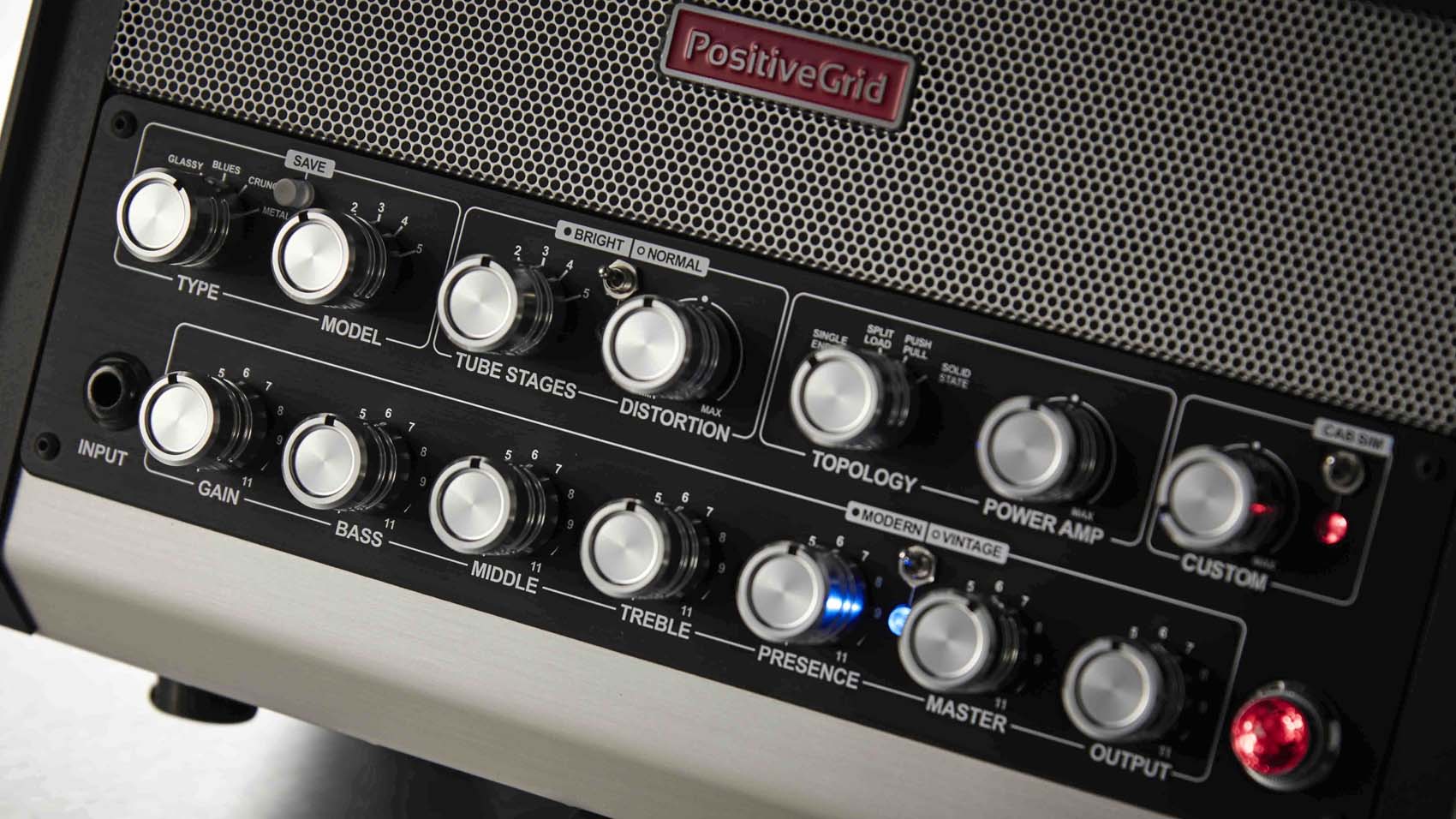
While they can be used live, the Kemper and Positive Grid work better as recording tools in our opinion - the latter will suit players used to tinkering with software plugins, while the Kemper is more self-contained and has hundreds of rigs pre-loaded. Anyone keen to use the Kemper live would be well-advised to check out the PowerHead incarnation.
Whichever one you choose, you can be guaranteed hours of tinkering and playing fun. Forget about yesterday’s grainy facsimiles; these modellers are the real deal.
Best all-rounder: Line 6 Helix Floorboard
5 out of 5
Best for studio work: Kemper Profiler Head
4 out of 5
Best for home recording: Positive Grid BIAS Head
4 out of 5
Best for live use: Fractal AX8
5 out of 5
For more advanced amp advice, check out our round-up of the best all-in-one guitar rig solutions.
“Its mission is simple: unleash the power of any amplifier or line-level source without compromise”: Two Notes promises a “watershed” in tube amp control with the Torpedo Reload II
“A pedal that sings with harmonic richness and blooming touch response”: Tone King offers up boutique tube amp tones for your pedalboard with the Imperial Preamp
“Its mission is simple: unleash the power of any amplifier or line-level source without compromise”: Two Notes promises a “watershed” in tube amp control with the Torpedo Reload II
“A pedal that sings with harmonic richness and blooming touch response”: Tone King offers up boutique tube amp tones for your pedalboard with the Imperial Preamp











